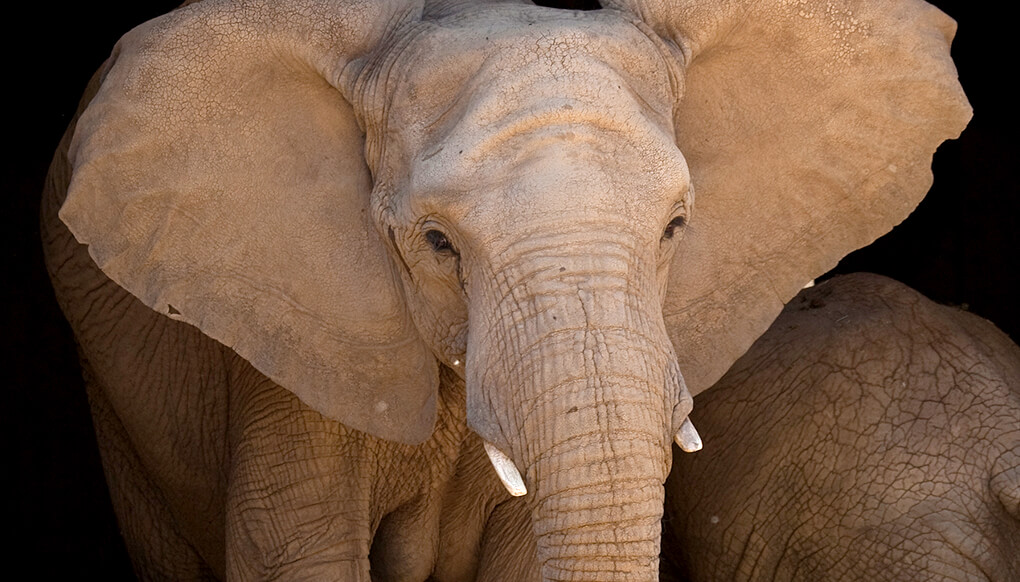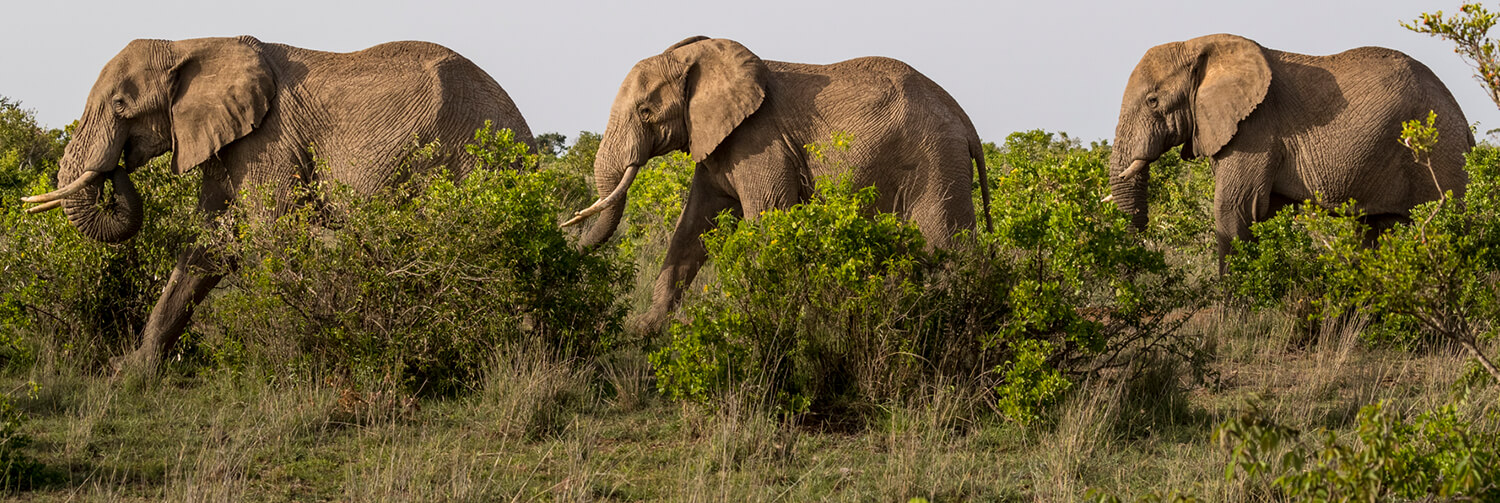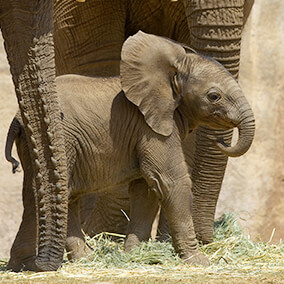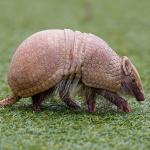
Mammals


Threatened
facts


Grass, leaves, and the bark of bushes and trees are all food for African elephants.

description

Think big
Adult African elephants are huge. Males can weigh as much as a school bus! Even their teeth are big—an adult's molar is the size of a brick. Their huge teeth help them grind and eat a lot of plant material every day. Our elephants at the Zoo and the Park each eat over 100 pounds of food each day.
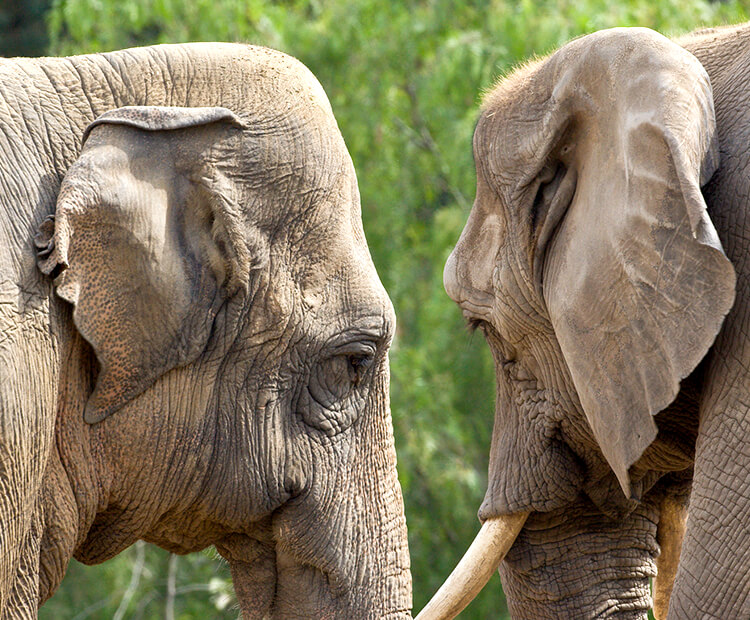
African or Asian?
At first glance, African elephants look similar to Asian elephants, but they are different species that live in different parts of the world. Here are some helpful clues for telling the 2 species apart: African elephants have very large ears that are shaped like the continent of Africa, while Asian elephants have smaller ears. Also, an Asian elephant's back is rounded, but an African elephant's back has a dip or sway in it. Their trunks are a little different, too: African elephants have 2 “fingers” at the end of their trunk, but Asian elephants have only 1.
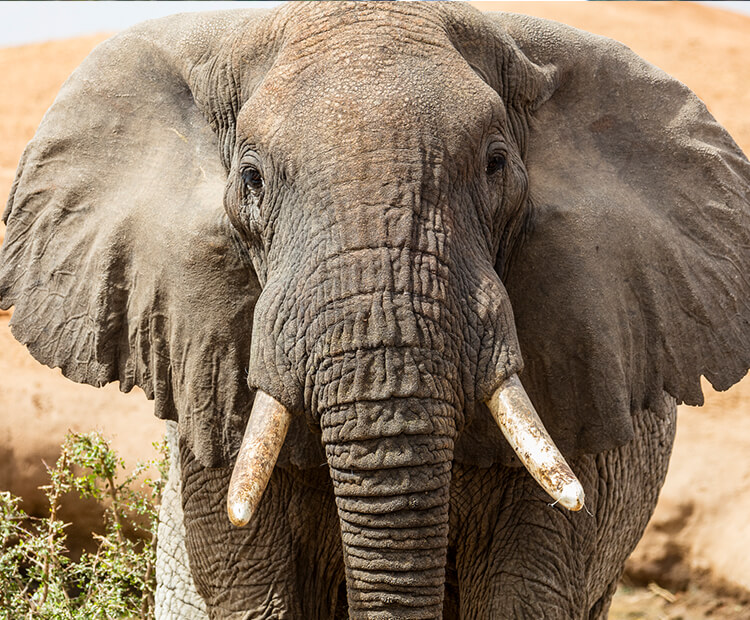
Tusks are teeth
When most people think of elephants, they picture the large tusks. Both male and female African elephants have long tusks, which are actually teeth. Elephants dig with their tusks and use them to lift and move objects and to protect themselves. Sadly, people hunt elephants for these teeth. One reason these giants of the Animal Kingdom are threatened is because people want to collect their tusks.
African elephants live in parts of central, eastern, and southern Africa.

